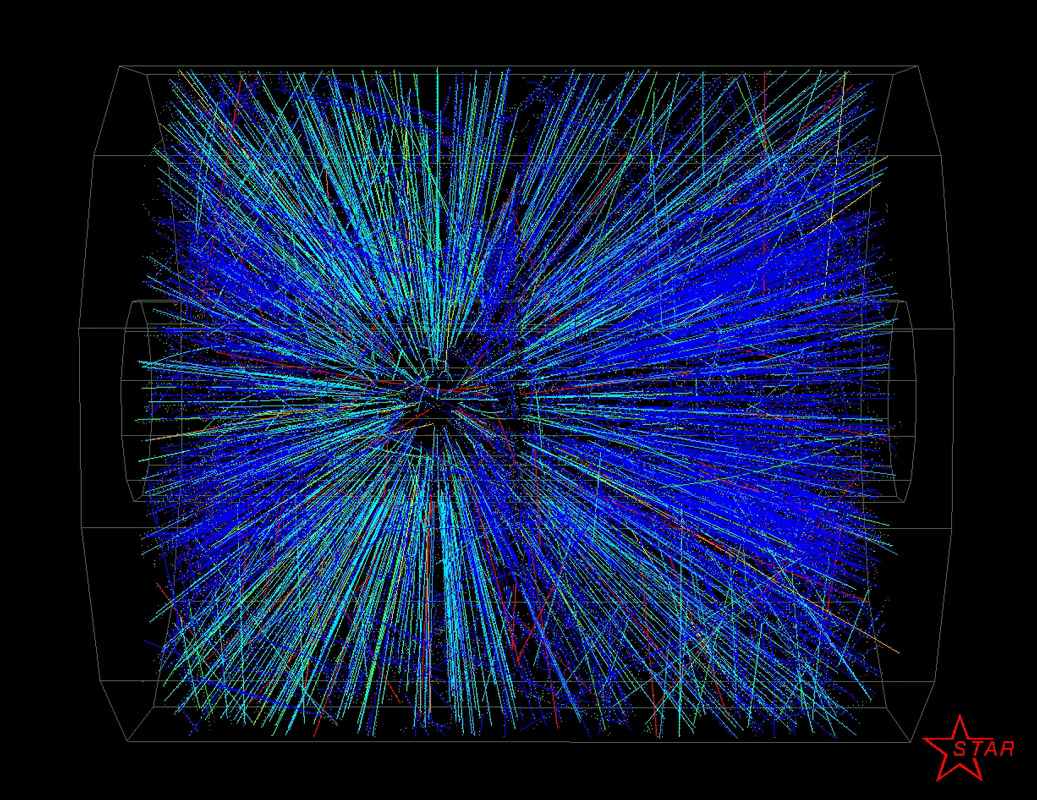Hadley Clayton has enjoyed an excellent summer vacation. The Huntington High School senior has spent time relaxing with family and friends, training for the upcoming cross country, track and triathlon seasons and studying at Brookhaven National Laboratory where she landed a competitive six week internship.
Bright, inquisitive, articulate and good natured, Ms. Clayton is one of the highest achieving students in Huntington’s Class of 2019. Brookhaven National Lab is one of the premier research facilities in the world and the teenager jumped at the opportunity to participate in such a well-regarded program at the Upton campus.
“My chemistry teacher, Mrs. [Dame] Forbes told me about it and recommended me for it,” Ms. Clayton said. “She knew I was interested in research that was more physics centered so she thought Brookhaven might be a good fit; turns out it was perfect! I was very excited when I first heard I got it and the program definitely didn’t disappoint.”

Huntington senior Hadley Clayton.
“Hadley Clayton is a true example of how science research broadens the minds of youth,” Mrs. Forbes said. “Hadley is one of the brightest students in her class. Her motivation and tenacity for learning are admired both by her teachers and peers.”
The US Department of Energy funds most Brookhaven National Lab’s operations. Cutting edge research touches on physics, chemistry, biology, medicine, applied science and advanced technologies. The facility employs 3,000 scientists, engineers and support staff and hosts 4,000 visiting researchers from across the globe annually. The lab traces its history to 1947.
“It was an incredible experience,” said Ms. Clayton about the internship. “I was exposed to multiple aspects of professional engineering and revolutionary technology. My mentor, Brookhaven National Lab chief engineer Rahul Sharma and his team that included Robert Soja and William Struble were more than helpful and welcoming, helping me gain the most from my experience.”
Ms. Clayton’s research made use of the massive STAR (Solenoidal Tracker at Relativistic Heavy Ion Collider) detector. “RHIC is the first machine in the world capable of colliding heavy ions, which are atoms which have had their outer cloud of electrons removed,” states the BNL website. “RHIC primarily uses ions of gold, one of the heaviest common elements, because its nucleus is densely packed with particles. It collides two beams of gold ions head-on when they’re traveling at nearly the speed of light; what physicists call relativistic speeds. The beams travel in opposite directions around RHIC’s 2.4-mile, two-lane ‘racetrack.’ At six intersections, the lanes cross, leading to an intersection. When ions collide at such high speeds fascinating things happen. If conditions are right, the collision ‘melts’ the protons and neutrons and for a brief instant liberates their constituent quarks and gluons. Just after the collision, thousands more particles form as the area cools off. Each of these particles provides a clue as to what occurred inside the collision zone. Physicists sift through those clues for interesting information.”
Ms. Clayton was able to see and use the lab’s impressive facilities, which are the scene of some of the most high-end research being conducted in the world today.
“The project I was assigned, which involved designing shielding for a kaon [particle] detector, took up a good chunk of my time there, but it wasn’t all I did,” Ms. Clayton said. “My fellow intern at the STAR detector, Lauren Cottral from Islip High School and I were put in charge of pressure testing the water manifolds that keep the electronics in STAR cool. This demonstrated the importance of testing every piece of machinery being replaced in the detector, as even a small impurity can have disastrous results. We were also able to participate in moving the STAR detector out from the magnetic pole tips. The whole machine weighs around 1,200 tons and moves in a slow, complex process involving hydraulic arms. It was an impressive operation to be a part of. My summer at Brookhaven was extremely educational and offered a new perspective on my dream of becoming an engineer.”
Ms. Clayton’s senior year academic schedule is comprised of several Advanced Placement courses, including AP Physics. She will also be participating in the high school’s science research class and continuing her multi-year math research project.
The teenager is the captain of the Blue Devil cross country team and a key member of the winter and spring track and field squads. “I also have a passion for triathlon races; I do several of over the summer and plan to continue to do so throughout my college years,” Ms. Clayton said. This year I am also training to get my Dentokan Shodan (3rd degree black belt) from Shindokan Budo Dojo Long Island.”
Ms. Clayton is already looking at several out of state colleges and investigating their engineering programs. “Engineering is something I’m very interested in pursuing as my career,” She said. “I had the opportunity to intern with BAE Systems and Brookhaven Lab and developed an interest in electrical engineering with an emphasis on optical and photonics.”
The Huntington senior pursued her athletic interests during the summer months, too. “I helped out my cross country coach, Coach [Beth] Vogelsang with the cross country and track booster club camp,” Ms. Clayton said. The teenager has also been extensively training for a rigorous upcoming triathlon season consisting of the Huntington Triathlon, Montauk Triathlon, Smith Point Triathlon and Tobay Triathlon.
“I also spent a lot of time this summer at my dojo, Shindokan Budo Long Island, training in jujitsu to prepare for my Jr. Nidan (second degree black belt) exam,” Ms. Clayton said.
The teenager has also been visiting colleges and doing lots of online research into them. But Ms. Clayton’s internship at Brookhaven National Lab took up the majority of her summer vacation and it’s an experience she will always remember.


